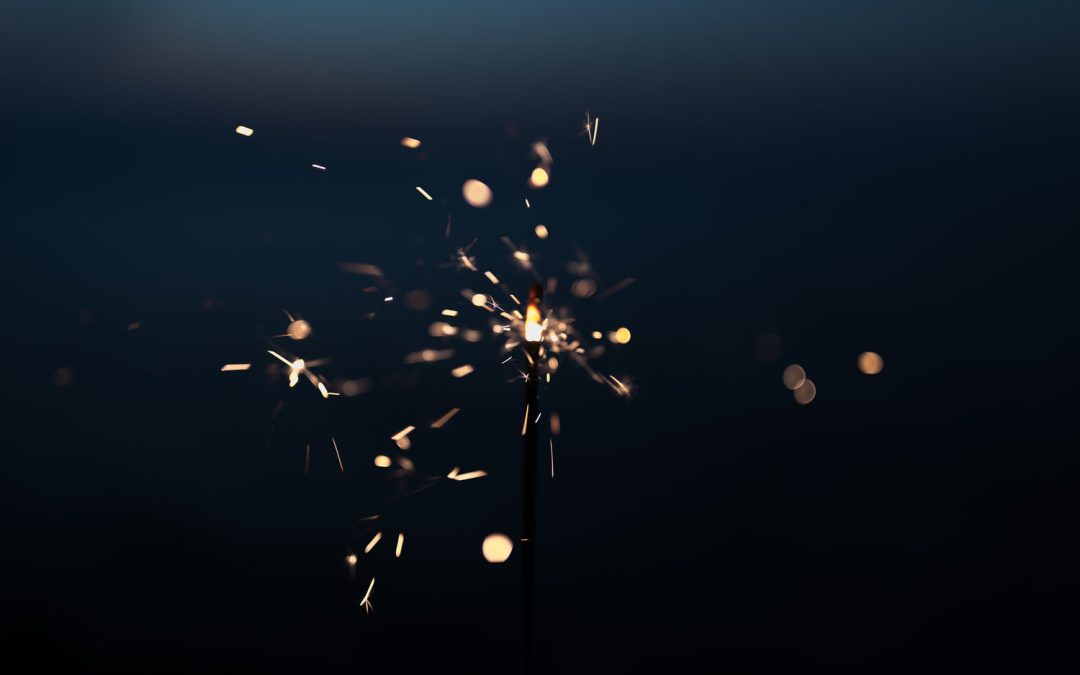
I love you I said // Gemma Abbott
journal
I love you I said // Gemma Abbott

I love you I said
And he said nothing
And I know this about myself
That I have so much love
That where I see a vacuum of it
I can always find some to pour in and fill the space.
But this singularity that has opened up
inside of him is yawning wide
I love you I said
And he said nothing
As I tried to fill that
hollowness with that love
As I filled it with tears
After all these years
I still love you I said
And he said Nothing
He just sat there like a stone
With no cracks
To help to try and prize him open
With no breath inside
No oxygen to ignite
Not even a tiny spark
And begin to light up
what was there before
Because it was
There
Before
I love you I said
Even as this stone might seem a stranger
I could still see him in there
And I could see him
searching my eyes
To try
To try and see himself
I love you I said
And he said
Well he did say
I love you too
But he sat there so silent
That he might as well have said
Nothing.
Written by Gemma Abbott for Magical Women

Photograph by Polly Alexandra
















